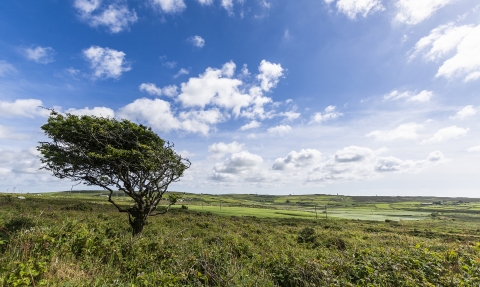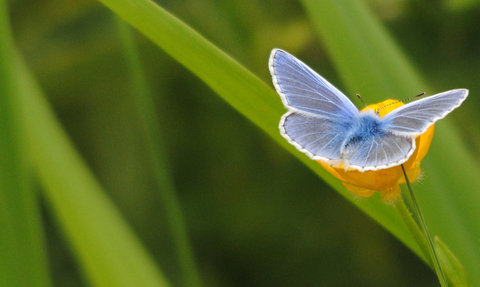
Ben Watkins
On Land
'Living Landscapes' are whole landscapes that are being restored for both people and wildlife. This involves the re-creation of robust, resilient and connected landscapes on a vast scale.
Our aim is to secure the future for Cornwall's unique wildlife by creating a series of Living Landscapes across the county. This will reconnect our urban and rural areas, freshwater and coast. We will achieve this by working in partnership and with the support of the people of Cornwall.
Wildlife-rich habitat is an intrinsic part of Cornwall’s mainly rural landscape. Currently around 10% of the county is afforded non-statutory protection through designation as County Wildlife Sites. Whilst it is important to ensure that wildlife can thrive in havens such as County Wildlife Sites, nature reserves, gardens and churchyards, these areas have the potential to become isolated ‘islands of biodiversity’ that put constraints on wildlife. This prevents wildlife from responding to the threats it is faced with, particularly from climate change.
The Living Landscapes approach focuses on restoring large areas of habitat, which in turn helps to maintain species populations. By increasing habitat area through recreation and restoration, and by creating links and wildlife corridors through intervening land, we can help species to spread or 'percolate’ through the countryside. Allowing species to move freely between habitats means populations do not become isolated, making them less vulnerable.

WildNet - Amy Lewis
